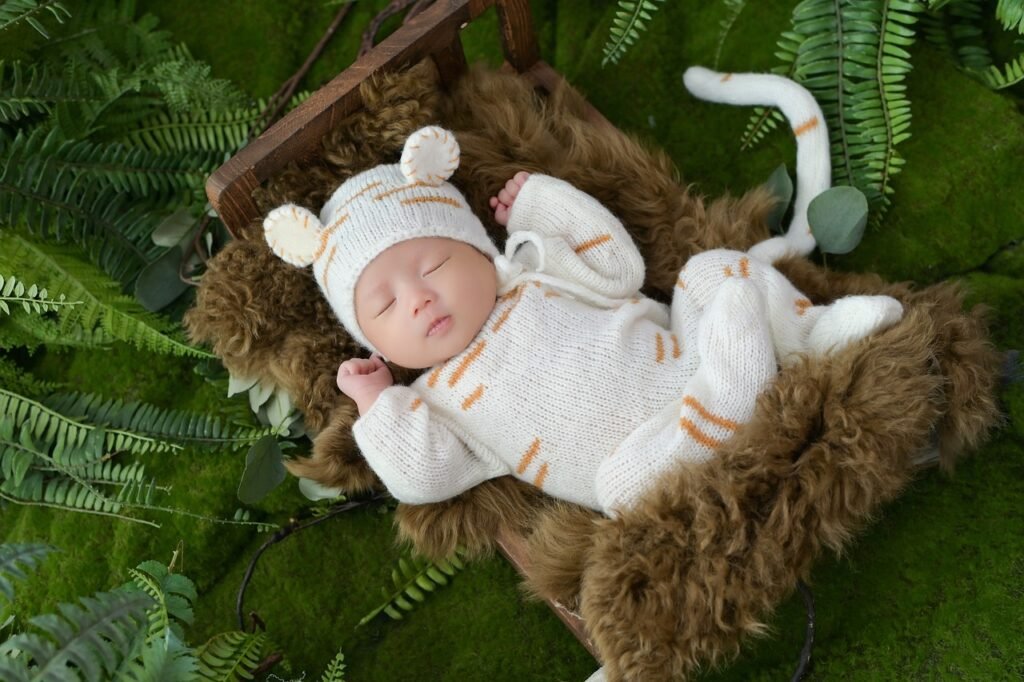A baby sleeping sack is every parent’s secret weapon for ensuring their little one stays cozy, safe, and warm throughout the night. But let’s face it: as simple as these wearable blankets seem, there’s still a bit of a learning curve. From choosing the right size to cleaning it without shrinking it into oblivion, getting the most out of a sleeping sack requires some know-how.
This guide is here to make your life easier. We’ll cover how to use and care for your baby sleeping sack like a pro, sprinkle in some humor (because parenting always needs it), and answer all your burning questions. By the end, you’ll have everything you need for safe, snug nights with your little one.

Why Choose a Baby Sleeping Sack?
Before we dive into the specifics, let’s start with why sleeping sacks are a must-have for modern parents.
1. Safety First
Sleeping sacks reduce the risks associated with loose blankets, such as suffocation and Sudden Infant Death Syndrome (SIDS). They’re designed to stay in place, ensuring your baby stays warm without any of the hazards.
(Humorous Note: Think of a sleeping sack as a personal cocoon for your baby—safe, snug, and impossible to kick off.)
2. Comfort and Convenience
A well-fitting sleeping sack keeps your baby at a consistent temperature throughout the night and makes bedtime routines easier.
3. Versatility
Many sleeping sacks are designed for different seasons, with lightweight options for summer and fleece-lined versions for winter.
Step-by-Step Guide: How to Properly Use a Baby Sleeping Sack
1. Choose the Right Size
The first rule of sleeping sack success? Size matters. A sleeping sack that’s too big could be unsafe, while one that’s too small will make your baby uncomfortable.
| Age/Weight | Sleeping Sack Size |
|---|---|
| Newborns (0-3 months) | Small (swaddle-style options available) |
| 3-6 months | Medium |
| 6-12 months | Large |
| 12-24 months | Extra Large or Toddler Size |
(Pro Tip: Follow the manufacturer’s guidelines for sizing to ensure a snug but not restrictive fit.)
2. Dress Your Baby Appropriately
The sleeping sack is like the icing on the cake—your baby’s base layer is just as important.
What to Wear Underneath:
- In warm weather, a lightweight onesie or short-sleeve bodysuit works well.
- In cooler weather, use a long-sleeve bodysuit or even footed pajamas.
TOG Ratings Demystified:
Sleeping sacks often have a TOG (Thermal Overall Grade) rating to indicate warmth:
| TOG Rating | Room Temperature | Recommended Clothing Layers |
|---|---|---|
| 0.5 | 75°F+ (24°C+) | Short-sleeve onesie |
| 1.0 | 68-75°F (20-24°C) | Long-sleeve bodysuit |
| 2.5 | 61-68°F (16-20°C) | Pajamas + bodysuit |
| 3.5 | Below 61°F (Below 16°C) | Bodysuit + fleece pajamas |
(Fun Note: Consider a sleeping sack as your baby’s “pajama jacket”—it completes the outfit.)
3. Secure Your Baby in the Sack
Using a sleeping sack is simple:
- Lay the sleeping sack flat and open it fully.
- Place your baby inside, ensuring their shoulders are aligned with the armholes.
- Zip or snap the sack securely, leaving enough room for free movement.
(Humorous Observation: If your baby wiggles like they’re auditioning for Cirque du Soleil, don’t worry—it’s normal. You’ll get better with practice!)
4. Ensure Safe Sleep Practices
A sleeping sack is only part of the safe sleep equation. Follow these additional tips for peace of mind:
- Always place your baby on their back to sleep.
- Keep the crib free of pillows, toys, and other loose items.
- Use a firm mattress with a fitted sheet.
Caring for Your Baby Sleeping Sack
Sleeping sacks endure spit-ups, diaper leaks, and all the messes of babyhood. Proper care will keep them fresh and functional for longer.
1. Washing Instructions
- Read the Label: Every sleeping sack has unique washing instructions. Follow them to avoid damage.
- Use Gentle Detergent: Choose a baby-safe detergent that’s free from harsh chemicals or fragrances.
General Care Guidelines:
| Material | Washing Tips |
|---|---|
| Cotton | Machine wash cold, tumble dry low |
| Bamboo | Delicate cycle, air dry recommended |
| Fleece/Polyester | Warm wash, low-heat tumble dry |

(Pro Tip: Always zip up the sack before washing to prevent the zipper from snagging other clothes.)
2. Removing Stains
Accidents happen—thank you, diaper leaks. For stubborn stains:
- Pre-treat the area with a stain remover safe for baby clothes.
- Let it soak for 15-20 minutes before washing.
(Fun Note: Consider it a battle between you and the stain. Victory is yours with the right pre-treatment weapon.)
3. Long-Term Storage
If you plan to reuse the sleeping sack for future siblings or keep it as a keepsake:
- Ensure it’s completely clean and dry.
- Store it in a breathable bag or container to prevent mold or odors.

Common Mistakes to Avoid
Even with the best intentions, mistakes happen. Here’s what to watch out for:
1. Buying the Wrong Size
Oversized sacks can be a safety hazard, while too-small ones can restrict movement. Always check size charts!
2. Overheating Your Baby
Layering too much under a high-TOG sack can make your baby too hot. Monitor room temperature carefully.
3. Skipping the Washing Instructions
Ignoring the care label can lead to shrinking or damaging the sack.
FAQs About Baby Sleeping Sacks
Q1: At what age should I start using a sleeping sack?
A: Sleeping sacks are suitable from birth, especially swaddle-style options for newborns. Transition to regular sacks as your baby grows.
Q2: How do I know if my baby is too hot or cold in the sack?
A: Check their chest or back. If they feel clammy or sweaty, remove a layer. If they’re cool to the touch, add a layer.
Q3: Can I use a sleeping sack with a swaddled baby?
A: Yes! Many sleeping sacks have swaddle features built in. However, discontinue swaddling once your baby starts rolling.
Q4: Are sleeping sacks machine washable?
A: Most are, but always check the label. Use gentle cycles and baby-safe detergents to preserve the fabric.
Q5: Can I use a sleeping sack in the car seat?
A: Some sleeping sacks are travel-friendly, but ensure they’re specifically designed for car seats. Avoid bulky sacks that interfere with harness safety.
(For more sleep safety tips, check out our Nighttime Cloth Diapering Strategies.)
Conclusion: Snug Nights, Happy Baby
Properly using and caring for a baby sleeping sack can make all the difference in your little one’s sleep quality—and yours too! From choosing the right size and TOG rating to keeping it clean and well-maintained, these tips will ensure your baby stays safe, snug, and comfortable.
So go ahead—embrace the magic of sleeping sacks and say goodbye to sleepless nights (well, at least some of them). Your baby will thank you with those adorable morning giggles.
(Ready to optimize your baby’s sleep? Explore our Nighttime Cloth Diapering Strategies for more parenting tips.)


